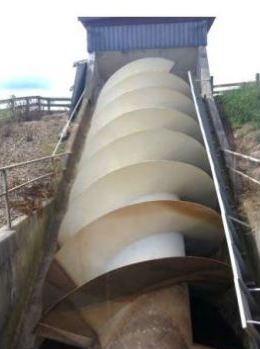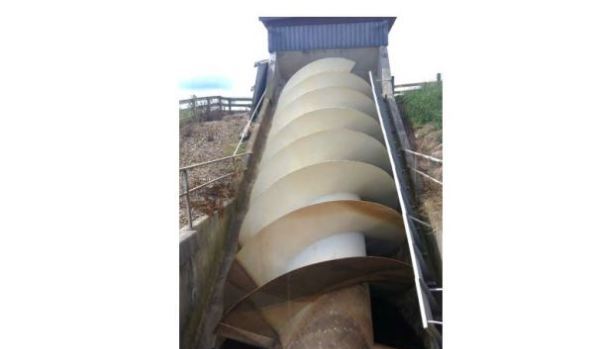Waikato Regional Council news
Waikato Regional Council will look for funding partners for a three-year trial to reduce native fish mortalities as they pass through flood control pumps.
Councillors approved funding – half of the $1.494 million requested by staff – during four days of budget talks last week. It’s proposed the council share be funded from its investment fund.
The regional council last year led a national research investigation into the potential impact of land drainage and flood control infrastructure on migratory native fish. This resulted in a nationally endorsed issues and options report that now supports the council’s intended response to the issue.
The council’s trials showed that during eel migration, in particular, up to 100 per cent of migratory female eels more than 600mm in length would die if they were to travel through existing pump stations during their operation.
“Many of these assets were installed by central government a number of years ago and with little consideration for their impact on native aquatic ecology. We are dealing with an inherited legacy issue that current and future generations now face and need to address and resolve,” said council chair, Alan Livingston.
“This issue is not unique to the Waikato, however, we do have the largest number of flood pumps in New Zealand. So as part of our response to the issue we last year installed an imported ‘fish friendly’ pump at the Orchard Road drainage scheme in the lower Waikato floodplain.
“Downstream eel migration has just begun and we’re cautiously excited about initial monitoring results from the site which indicate survival rates may potentially be higher than 95 per cent,” Cr Livingston said.
“Our scientists are holding the eels under controlled conditions to examine and document their longer term internal and external health. It’s been a week, and all these eels are still alive and this suggests the pumps are performing as hoped. This information will provide us with greater confidence that they will be in a state capable of undertaking the long migration to their breeding grounds in the tropical Pacific islands.
“But we’ve recognised that more needs to be done and so we’re proposing a research and development programme including a series of safe fish passage trials over the next three years,” Cr Livingston said.
The trials will include a range of potential technological solutions and decision making tools, not just trialling new ‘fish friendly’ pumps.

This research, along with the development of a strategy and implementation plan, will guide the council’s future investment decisions on flood protection assets that improve fish passage.
The initiative was supported by councillors, who voted to propose funding for the development of this fish passage improvement programme to the level of 50 per cent of the required $1.494 million over three years, to be matched by partners funding the balance.
Councillors also instructed chief executive Vaughan Payne to continue to work collaboratively with others to ensure a national approach to the management of flood protection schemes regarding the effects on fish passage.
This work will also support the wider initiatives for the Vision and Strategy for the Waikato River, in partnership with iwi, for which eels in particular are a taonga.

